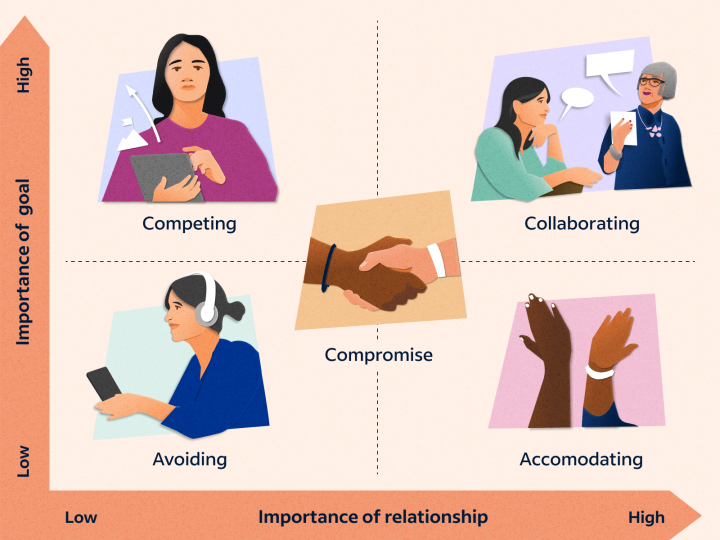Conflict Resolution in Disability Teams: Navigating Challenges with Compassion

Teamwork is critical in the disability industry. Disability teams are composed of different professionals who work together to provide the necessary support and care for people with disabilities. However, just like in any other industry, conflicts can arise from time to time. Professional differences, personality clashes, and other factors can lead to conflicts. How can disability teams navigate these conflicts with compassion? This blog post examines conflict resolution in disability teams and how compassion plays a critical role in resolving conflicts.
1. Understand the Situation:
The first step in conflict resolution is to understand the situation. Each conflict is unique and requires a particular approach. Before addressing the conflict, disability teams should examine the situation, understand the underlying issues, and identify all parties involved. This step can help all team members have a clear picture of the conflict and avoid making assumptions. When all parties understand the situation’s complexities, they can be more compassionate and work collaboratively towards resolving the conflict
2. Open Communication:
Communication is a vital aspect of conflict resolution. During conflicts, misunderstandings and assumptions can occur when communication is inadequate. Disability teams must encourage open communication among all the parties involved. Team members need to listen empathetically to each other, understand each other’s perspectives, and avoid using accusatory language. Open communication can ensure that everyone feels heard, understood, and acknowledged, leading to a more compassionate resolution.
3. Collaborate and Compromise:
In some cases, conflicts arise due to divergent opinions and approaches. During such conflicts, it’s essential to collaborate and compromise. Disability teams should collaborate and work together to find a mutual solution. It’s imperative that all team members acknowledge each person’s expertise and work together to find a resolution that is best for their clients. Compromising can be challenging, but when team members understand the importance of collaboration, they can put aside personal interests and work towards the common goal.
4. Seek Assistance:
Sometimes, resolving a conflict requires the aid of an unbiased third party. Disability teams should not be afraid to seek assistance when dealing with challenging conflicts. Seeking assistance from a neutral party such as a mediator or a conflict resolution specialist can help team members find a middle ground and reach an amicable resolution. It can also provide clarity to the situation and help all parties involved understand the conflict’s complexities.
5. Learn and Improve:
Finally, after the conflict has been resolved, disability teams should use that opportunity to learn and improve. Reflecting on the conflict can help teams identify gaps in their communication and better understand each other’s expertise and perspective. With this understanding, they can improve their communication and collaboration. Also, reflecting on resolved conflicts can help teams better manage future conflicts by implementing the lessons learned.
Conclusion:
Conflict resolution is a critical component of teamwork in the disability industry. Teams that navigate conflicts with compassion can build strong relationships and work collaboratively towards their clients’ best interests. By understanding the situation, open communication, collaborating and compromising, seeking assistance from neutral parties, and learning and improving from resolved conflicts, disability teams can effectively resolve conflicts while fostering better working relationships. Compassion is at the heart of conflict resolution, and it’s essential for disability teams to practice it at all levels.








